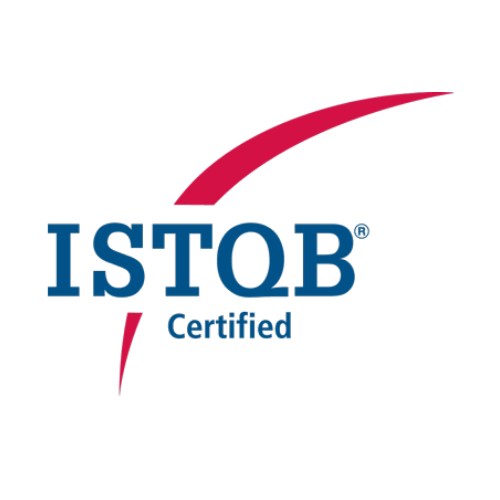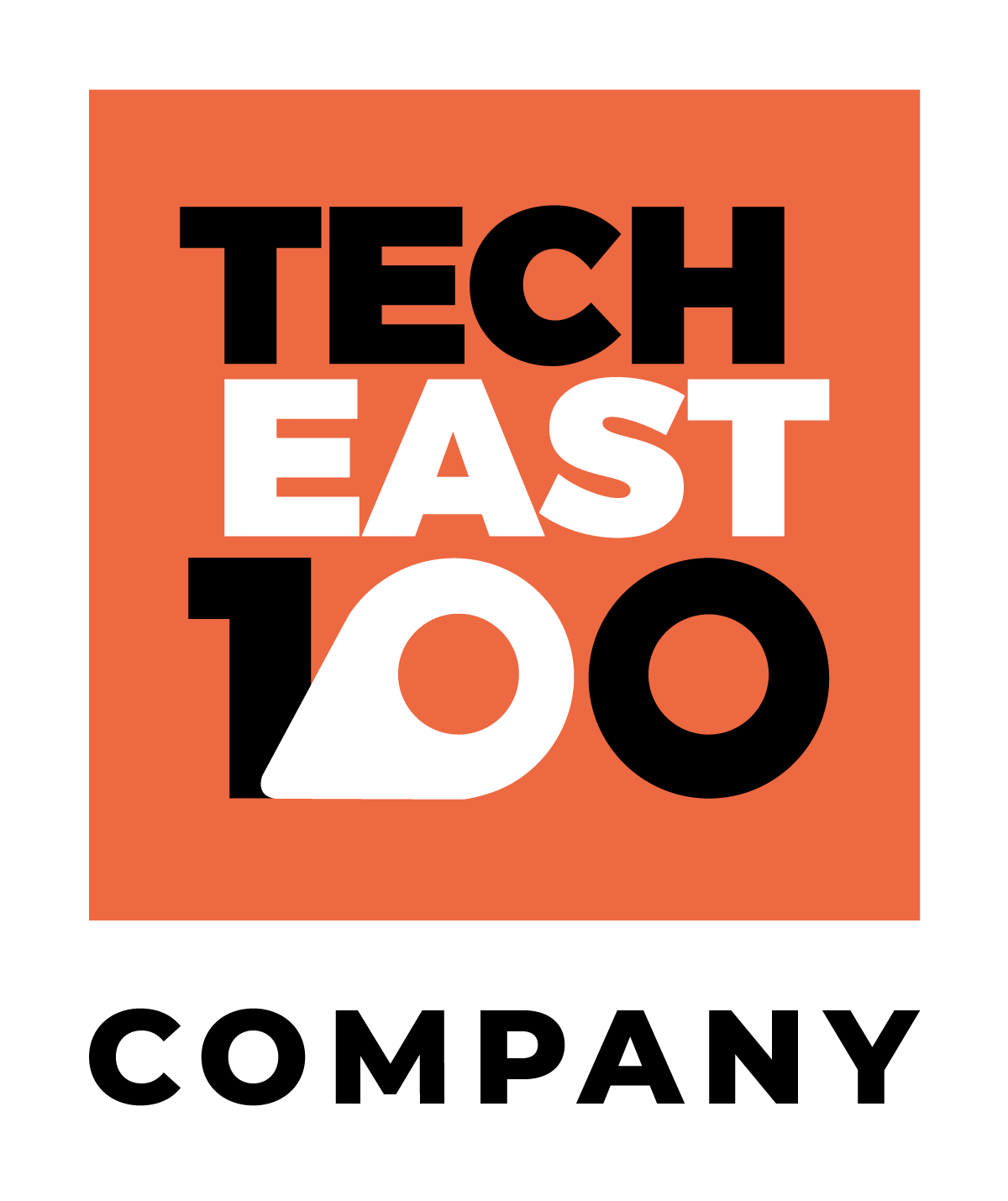Since the early 2000s, social networking has become a huge part of our daily lives and we can’t expect this growth in popularity to end anytime soon. The number of people using social networking sites worldwide is predicted to increase from 3.78 billion to 4.41 billion by 2025, according to Statista.
Although it may seem that social networking platforms have peaked in terms of popularity and features, there remains many avenues for these platforms to explore when enhancing their offerings to their users. For social media marketers and small business owners, this prospect will bring several exciting opportunities for engaging with consumers.
This blog runs through the top social networking platform trends to keep an eye on for this year and the future.
Ephemeral Content
Ephemeral content is content that can only be accessed for a limited period.
First made popular by Snapchat and Instagram Stories, ephemeral content is now a key feature of most social networking platforms including Twitter which recently launched ‘Fleets’ – a variation of the popular story feature where users can post content that expires after 24 hours.
This type of content is expected to continue rising in popularity due to audiences’ growing preference for short, engaging content that is easy to digest.
AR/VR Features
Augmented reality and virtual reality are expected to become much more prevalent in the social media landscape with sites like Facebook aiming to use the technology to encourage more meaningful interactions between users.
Most people have had limited social interaction with the people outside of our households over the past year. Some of us are eager to get back to large social gatherings whilst others are in no rush at all for things to ‘get back to normal’.
For those of us who are happy to keep in-person socialising to a minimum going forward or must remain shielded for extended periods, VR landscapes like Facebook Horizon might be the way forward.
Launched in closed beta last year, Facebook Horizon leverages the Oculus VR system to allow users to explore user-generated landscapes, build and play games or socialise with friends.
Safety Regulation and Monitoring Improvements
Social media has been recognised as a powerful tool with the potential to create harm towards others, both online and offline. Social networking sites like Twitter have come under fire for allowing their platform to be used to spread hate.
On top of this, concerns over data security and the privacy of its users have landed Facebook global criticism and news coverage multiple times over the last few years.
For these reasons alone, regulatory bodies are under pressure to increase their control and introduce further guidelines that protect the personal information and safety of people using social media platforms.
Greater Personalisation
Increased personalisation is something consumers across almost every industry are now demanding and the social networking field is not immune to this.
Whilst platforms can’t personalise the content that other people post, they can offer advanced targeting and personalisation when it comes to in-app advertisements.
On top of this, AI-based algorithms are being used to curate and present content to users that appeal to their interests and preferences, based on previous usage. For example, TikTok’s For You Page.
With the help of complex AI, ML and Big Data, we can expect the personalisation we experience on our chosen social media platforms to become even more accurate over time and advance beyond what we see today.
Live-Streaming Growth
Live streaming is expected to remain popular in 2021 after the Covid-19 pandemic led to a boost in this social media feature.
On platforms like Instagram, live streaming is particularly popular amongst celebrities, artists, influencers and brands who use the feature to connect with their fans and followers. As a result of restrictive measures, many began using live streaming to replace in-person experiences such as performances, tutorials or live Q&A’s.
Now that so many of us have become accustomed to interacting with our favourite people and brands without having to even leave our homes, we can expect this trend to continue rising throughout the year.
Influencer Marketing Investment Rises
Influencer marketing isn’t necessarily a new concept but it has taken off in a big way over the last few years. This is a trend that has not yet reached its peak and isn’t expected to slow down any time soon.
Brands are no longer working with influencers on an ad-hoc basis but are regularly collaborating with content creators and popular social media figures as part of their ongoing social media strategies.
In many cases, paying an influencer to promote a product or service is cheaper than running a paid ad campaign which makes it the best option for a lot of small businesses with limited marketing budgets. On top of this, the benefits are often just as good, if not better.
User-generated content (UGC) is also being used more frequently than ever by brands large and small alike that want to provide proof that their products are worth purchasing, whilst showing their customers the value of their support.
Video Content Remains Popular
The video will remain one of the most engaging types of content this year, especially with the rise of video-only social media apps like TikTok, to which Instagram responded with the launch of its Reels feature.
Because of the level of engagement and reach video content gets, brands are already beginning to pour huge amounts of funding into professional video production as their social media content strategies.
Social Commerce Grows
Social commerce is expected to become the new normal shortly and will rival traditional retail channels such as websites or brick and mortar shops.
Social networking sites like Instagram and Facebook are driving this trend by making e-commerce and product selling key focuses on their platforms. This can be seen with the introduction of features like shoppable posts and Instagram shops – that allow users to purchase goods from external companies without having to ever leave the app.
With targeted ads, advanced digital marketing tools and now in-app shopping facilities, social media is expected to play a large role in the revitalisation of the retail industry.
Chatbots and AI
Brands on social media are utilising chatbots and AI to connect with their customers on platforms like Twitter and Facebook.
AI-powered chatbots are helping brands overcome delays in their responses to customer queries, most businesses don’t have the resources or staff to monitor customer interactions 24/7 but this technology can help customers with simple queries or issues outside of regular working hours.
Another benefit of this is that the simpler tasks such as order tracking or cancellations can be handled automatically, leaving customer service teams with more time to tackle the more complex issues that arise.
Going forward, we can expect more brands to begin implementing this technology to lessen the strain on the customer service personnel due to the low costs and ease of operation associated with implementation.
Could your idea be the next big thing in social media?
Our in-house team of talented developers and designers have over 20 years of combined experience with creating high-quality apps and software.
At Coderus, our projects span a wide range of industries and sectors, including consumer and entertainment.
Get in touch with us today to learn more about how we can help bring your ideas to life.























